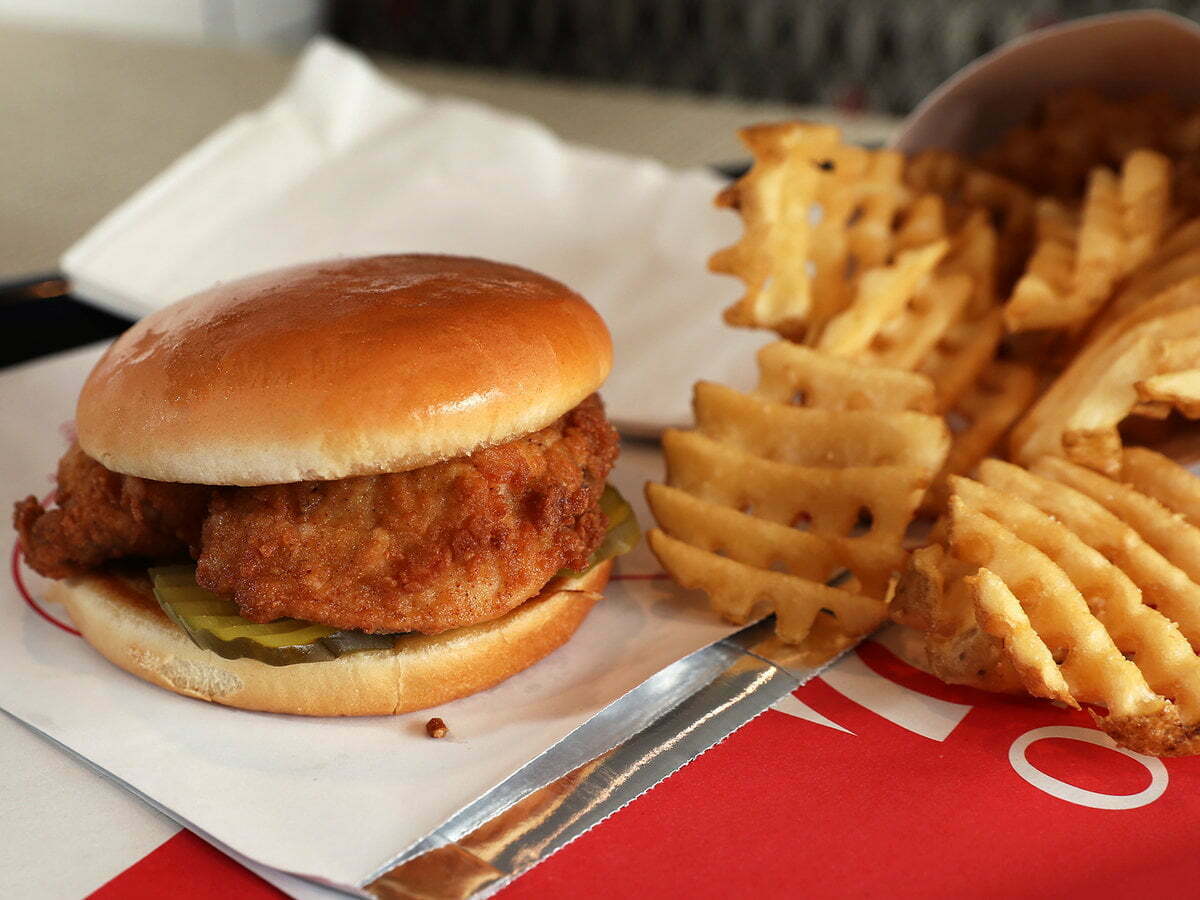Chaitra Navratri 2019 began on Saturday, April 6th, and ended on the 14th. Some humans do not consume haldi or turmeric during the nine days. Turmeric is considered Sattvic in nature but generates warmth in the body. Chaitra Navratri 2019 commenced on April sixth, 2019, and will move on until April 14th, 2019. The nine days of the festival are when Hindu devotees of the lady Goddess and her avatars look at ritual prayers and examine facts. Chaitra Navratri marks the start of the Hindu Luni-solar calendar and is one of the four annual Navratris located via people in specific regions in India. Chaitra Navratri coincides with the Marathi New Year Gudi Padwa and the Telugu New Year Ugadi. One of the maximum essential rituals of the Navratri is the observance of fast, wherein humans chorus from eating non-vegetarian meals and best eat meals crafted from a handful of food grains and spices. Fruits and dairy merchandise also are allowed for the duration of Navratri. However, wheat flour is not. One of the spices that people typically refrain from ingesting all through Navratri is turmeric or haldi.

Haldi is a principal spice in Indian cooking, and a maximum of our vegetarian and non-vegetarian dishes characteristic this antioxidant-wealthy spice. Haldi, or turmeric, has been gaining recognition inside the West for its several fitness blessings, including combating infection, boosting immunity, and keeping the skin healthful. But all through the Navratris, many people preserve haldi out in their vrat (fasting) preparations. Why is the lot-celebrated golden spice disregarded throughout this period of fasting? Let us run down the diverse beliefs and health statistics about this exercise.
Also Read: Chaitra Navratri 2019: 10 Places In Delhi NCR Offering Delicious Vrat-Friendly Meals
Navratri 2019: Should Turmeric Be Kept Out Of Vrat Foods?
Chaitra Navratri is the time of fasting now, not just because it’s far a Holy time, but also because we’ve had a tradition of beginning the lunar calendar with the aid of cleansing our bodies and cleaning them of toxins. The fasting duration is said to have several fitness advantages. The nine days of speedy are supposed to make your frame sense lighter and put together it for the long summer season months. The meals which might be added and disregarded from the fasting weight loss plan have been determined in keeping with the ideas of the historical Indian “technology” of Ayurveda, which divides meals into three exclusive categories, based totally on the impact they have got on our bodies. The three classes of foods consist of – Sattvik, Rajasik, and Tamasik foods.
Also Read: Navratri 2019: Fasting? You Have To Try This Yummy Navratri Special Aloo Cheela Recipe (Video Inside)
Sattvik foods are protected in Navratri fasting meals, as those are the ingredients that are believed to offer the body energy and power. These ingredients are said to be pure and smooth. Rajasic and tamasic meals, then again, are known as poor meals through Ayurveda, and these foods are supposed to make the body sense heavy and bloated. Turmeric is a spice that is taken into consideration Sattvic in nature. Due to its bitter taste and tendency to generate warmth in the body, it is neglected from the fasting weight loss program. Turmeric and its use are, therefore, extra popular in winters. However, it’s miles a perfectly fresh Sattvic spice that you may encompass on your summer season diet as correctly.


























Hello!! My name is Jeanine
I love to eat, travel, and eat some more! I am married to the man of my dreams and have a beautiful little girl whose smiles can brighten anyone’s day!